Motorcars, motorcycles, and horses…
I used to like motorcycles. Even back in my tweens and teens, my mother would say, “Any motorcycle rider should be forced to sign up to be an organ donor.” She worried about the danger; I yearned to have enough money to buy one. I was a frustrated kid, seeing other boys having fun on their motorcycles yet knowing that I didn’t even have the money for a scooter. So I was relegated to being the guy on the back, a position useful for a drive-by assassin maybe, but never the fun ride one has up front. I suppose riding a horse might be a similar experience—wind in your hair, reveling in the sensation of speed—but even back then a horse cost more than a cycle.
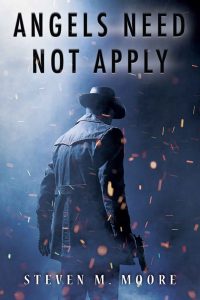
Motorcycles don’t make many appearances in my stories, though. The terrorist’s night ride in Angels Need Not Apply provided a quiet and sinister hook—I hoped the reader would be wondering, “Who is this guy?” (they might have guessed if they’d read The Midas Bomb). Penny Castro’s brief ride along a post-apocalyptic LA freeway even made it to the cover of The Last Humans, and I hope the Hungarian assassin’s final ride in Leonardo and the Quantum Code provides an interesting climax for readers. Those reflect more my pubescent interest than any desire to make a cycle a main character, and I’d never want to encourage the risky, outrageous behavior seen in Sturgis, South Dakota, each year, Covid or no Covid.
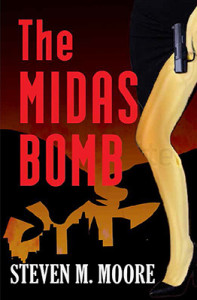
Motorcars, or simply “motors,” is Brit-speak for automobiles, or “autos” (although the Brits say “car park” for “parking lot,” that usually have spaces for cycles too). My fascination with them isn’t so juvenile as the one with motorcycles and doesn’t compare with that or my brother’s strange predilection for unusual cars. He started with a ’52 Pontiac (a “blue bomb” that I inherited to use during high school) and went on to a pink Cadillac (a model with shark fins he bought from a Las Vegas gambler), the kind you saw in that famous X-Files episode; his last unusual purchase was a classic Porsche, the one with wooden floorboards, in which he carried grandfather’s guns to me from Ohio to Massachusetts. (I sold them to a gun collector—our kids were too young at the time to have guns around, especially antiques, and I didn’t want to deal with any NRA members.)
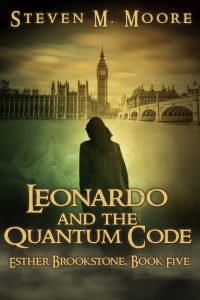
Maybe the little sportscar in Silicon Slummin’…and Just Gettin’ By and Esther’s Jag in the “Esther Brookstone Art Detective” series (her insurance pays for a new one in Palettes, Patriots, and Prats) are the cars I remember best from my novels, maybe because they’re the most recent; but a ’67 Vette plays a key role in one early short story “The Bridge.” (It’s my first and only zombie story and first appeared in eFiction, an ezine that’s now defunct, I believe, and also in Pasodobles in a Quantum Stringscape, Volume One—Volumes Two and Three can be found in the list of free downloads on my “Free Stuff & Contests” web page.)
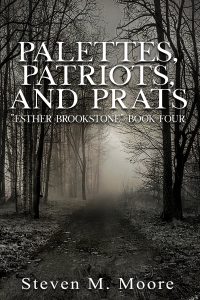
Curiously enough in my prose, I’ve avoided the stereotype that male characters ride motorcycles and female ones drive motorcars, as you can see by some of the examples I’ve mentioned. The same is true about horses: A female character in The Collector frequents a stable in that story, while Survivors of the Chaos (see The Chaos Chronicles Trilogy Collection) opens with a solitary male rider. Horses as a ubiquitous mode of transportation even make a comeback in the post-apocalyptic thriller The Last Humans: A New Dawn (Penny Castro’s cycle is long gone by this second novel). NYPD detective Castilblanco (that’s NYC, in case you didn’t know!) even befriends a horse in the short story “The Case of Carriageless Horse” (found in the anthology World Enough and Crime—it’s the young cop’s first homicide case).
Horses have the longest history as a means of transportation for human beings, of course. Maybe I should feature them even more? After that fiasco at this year’s Kentucky Derby, one can imagine a murder mystery with a racetrack setting. We’ll see….
***
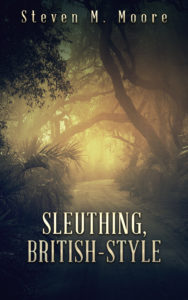
Comments are welcome.
Sleuthing, British-Style. My binge-reading of British-style mysteries during the Covid pandemic has influenced the later novels in the “Esther Brookstone Art Detective” series, in particular Death on the Danube, Palettes, Patriots, and Prats, and Leonardo and the Quantum Code. I’ve also written short fiction to honor and celebrate Dame Agatha’s seminal work in this subgenre. Some examples are found in the little collection indicated here of six novellas, which also contains a glossary of words and phrases from the UK’s rich lexicon of dialects as well a list of British-style novels that I read and enjoyed. The collection is available wherever quality ebooks are sold (but not on Smashwords). A second volume is available as a free download (see the “Free Stuff & Contests” web page at this website).
Around the world and to the stars! In libris libertas!
